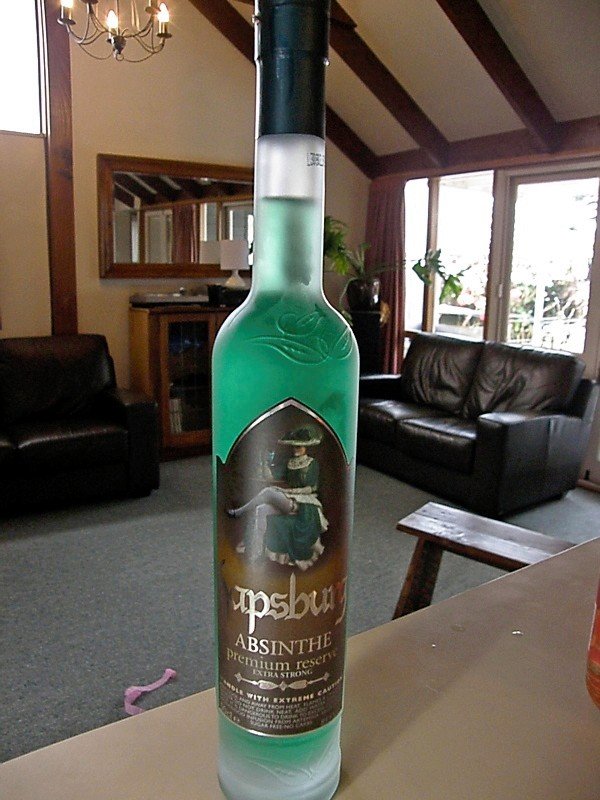

3 shows the temporal spectrum of DM halo masses. Later on a whole spectrum of halo masses up to giant halos with a mass of more than a hundred trillion suns came into being in the course of changes brought about by mutual collisions and fusions of the initial halos. There were a great number of such DM halos in the nascent Universe. From the very beginning these halos were relatively massive, at least dozens of thousands times as massive as the Sun.

These clusters are the first gravitationally coupled (and relatively stable because DM particles can no longer escape) objects in the Universe. The rising density fluctuations give birth to large and solid clusters of DM. Even minor initial deviations from homogeneity (which are inevitable) lead to an increase of inhomogeneities in the distribution of gravitating point objects. By assigning a vast number of point masses in some space and distributing them uniformly, we can trace a further evolution of this ensemble under the action of gravity. (Cold dark matter is abbreviated as CDM in the literature.) It is easy to observe this process on computer models. The process of growing density fluctuations of dark matter is described as the crowding (clusterization) of dark matter. Thus they query the assumption that supernovae of the 1st type, which are not very numerous and which have not been observed accurately enough, could become a basis for the dark energy hypothesis and regarded as reference sources ("standard candles").Īccording to generally accepted simulation data on the formation and evolution of galaxies and their clusters, initial fluctuations (ripples) of the density spread of cold dark matter are a most important process preceding the formation of the first galaxies (protogalaxies). It is fair to say that many scientists do not accept implicitly this theory as conclusive. The latter component is introduced in order to explain the nature of the accelerated expansion of the Universe as it follows, for example, from observations of supernovae. According to modern concepts, the main total density constituents are as follows: dark matter (about 23 percent of the total density), baryonic matter (about 4 percent) and dark energy (about 73 percent).

It is believed that the total density of matter as the energy in the Universe is close to a critical density (simply speaking, critical density is a function of the following condition: if density is below the critical value, the Universe will expand eternally, and if it is above this value, its expansion will change to compression sometime). At long distances from the galactic center the contribution of this halo (sometimes the term "dark halo" is used) is predominant.Īll modern generally accepted cosmological models imply that dark matter constitutes a major part of the Universe. It is necessary to add a component (halo) composed of unobservable dark matter. Obviously, the joint contribution of gas and stars is not sufficient to explain the rotation curve observations. Galactic gas also contributes to the rotation curve. The curve marked as "disk" is the anticipated rotation curve of a galactic model in which the distribution of radial surface density corresponds (proportionally) to the distribution of surface brightness. The rotation curve obtained from observations of HI on the 21 cm (lower panel) is resolved into three components. 1 shows the rotation speed of the galaxy NGC 3198. It appeared that the linear rotation speed is constant over a long stretch. relationship between the rotation speed and the distance to the galactic center, is considered the strongest evidence on the existence of a hidden mass in galaxies. Measurement of rotation curves of galaxies, i.e.


 0 kommentar(er)
0 kommentar(er)
